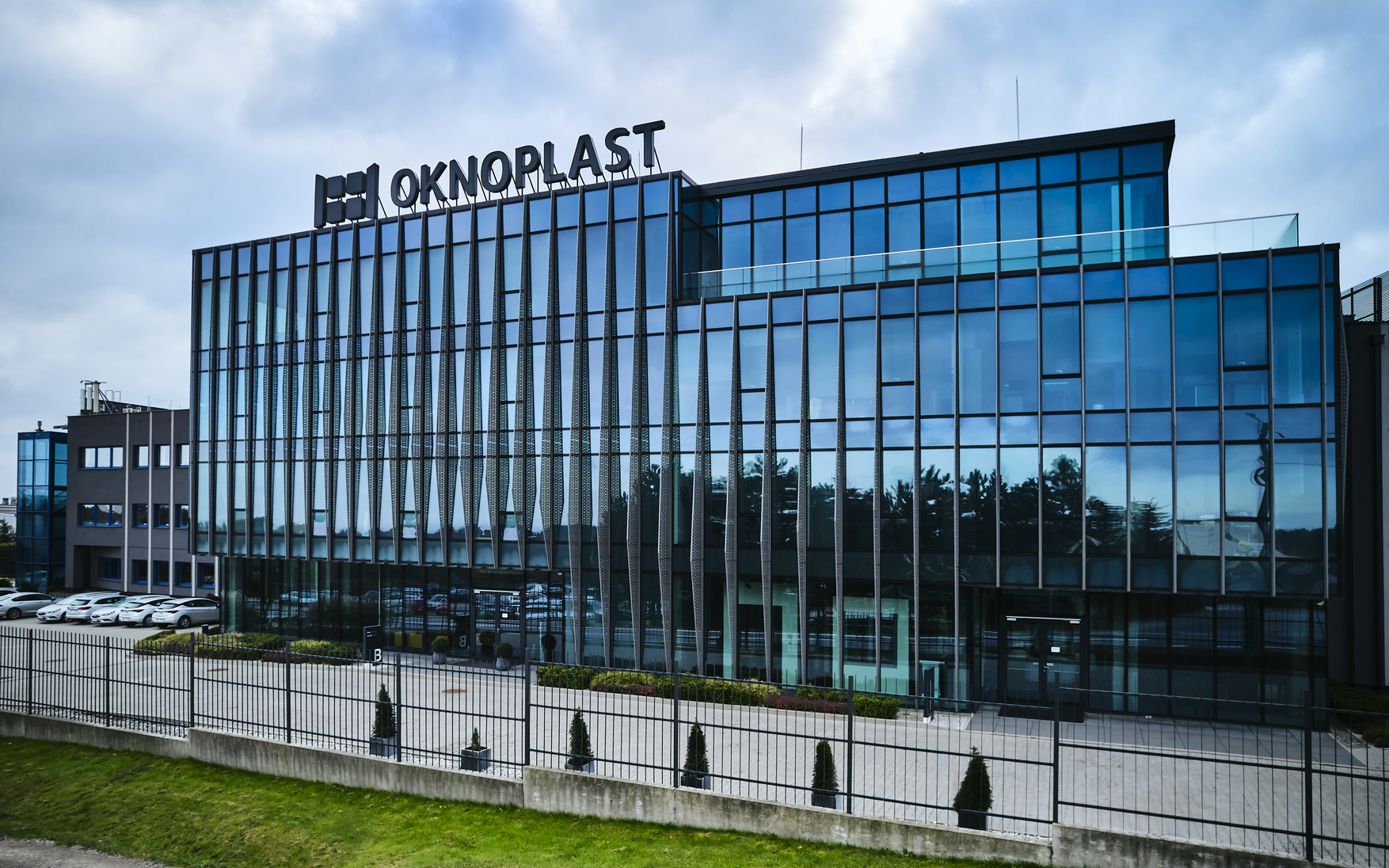Designing a wall can be done in several ways. Plaster is an extremely versatile variant. It is used both outside and inside. The different types of plaster vary, making the walls real eye-catchers.
Interior wall plaster
Numerous plasters open up wonderful possibilities for the design of interior walls. Whoever decides to plaster the walls is spoiled for choice. We distinguish between
- cement plaster,
- lime plaster,
- clay plaster,
- lime-cement plaster,
- Gypsum plaster and
- Gypsum-lime-putz.
These are mineral plasters. They are made of sand enriched with mineral binders such as lime, cement or gypsum. Although different in composition, all the types of plaster mentioned have one thing in common: they are purchased dry and then mixed with water to create a pasty mass.
Interior plaster should not only make the walls more attractive, but also perform a number of other tasks. Depending on the type of plaster you choose, it helps improve the indoor climate and can regulate humidity.
External wall plaster
There are also several types for outdoor use that are weather resistant and extremely durable. At the same time they give your home a very individual touch that matches your personality. Organic plasters are particularly suitable for plastering outdoor environments. For these types of plasters, exclusively synthetic resins or silicate and silicone resins are used as binders.
Furthermore, the different types of plaster differ in their surface structure, which is created by the type of application used.
There is, for example
- Streichputz,
- smooth plaster,
- trowel plaster,
- groove plaster
- and scratch-resistant plaster.
The different types of plaster
If you have to choose a specific type of cleaning you are not to be envied. The possibilities seem almost endless. To make your decision a little easier, you will find the most popular types of cleaning briefly explained here.
Decorative plaster:
This plaster is mainly used to transform dull walls into a real eye-catcher. It can be easily applied as a plaster by brush and provided with patterns, structures or color gradients. There are no limits to your creativity here. After the plaster has dried, you can paint it as desired, to give your living space a very individual ambience.
Streichputz:
Applying plaster with a brush is child’s play even for inexperienced people. It is distributed like paint with a roller or brush. At the same time it is possible to create different surface images. If you want to save yourself the trouble of applying paint later, paint the plaster directly before applying it.
Raw plaster:
This type of plaster is suitable for both internal and external use. The coarse grain creates the typical rough structure, capable of giving each wall a unique appearance. There are almost no limits to creativity with rough plaster. However, creating special structures requires technical skills. With the help of a spatula and a trowel, extraordinary surfaces can be created which are also characterized by their enormous resistance.
Rubbing plaster:
This plaster is used on the facades of houses and for the design of interior walls. As the name suggests, abrasive plaster is applied using a trowel. A base coat is usually needed to smooth the surface and repair any existing damage. The abrasive plaster can be colored directly. Of course, subsequent painting in the color you prefer is possible without any problems.
Special form of fine plaster: has these properties
The high-quality plaster impresses above all with its unusual composition, which creates interesting effects. It is made up of sand and binders of particular quality. On the market you can find fine plasters of different grain sizes, colored and bright white. If you choose colored fine plaster, you will be amazed by the unique light reflections of the colored crystals.
Fine plaster can be used both outside and inside. The different versions make different designs possible. At the same time the fine plaster is extremely resistant to weathering. Creative patterns and structures can be made indoors. At the same time you benefit from light reflections, which the grain and structure accentuate in different ways.
If the external fine plaster is dirty it is possible to restore it to its former glory with the help of a high-pressure washer. Inside you have the option to simply give it a new coat of paint to create a completely new ambience.
If you don’t have much experience using a trowel and trowel, you can also apply fine plaster using simple cleaning techniques such as brushing or rolling. Corresponding fine plasters are available on the market.
latest posts published

The basement as an ideal place for a home sauna
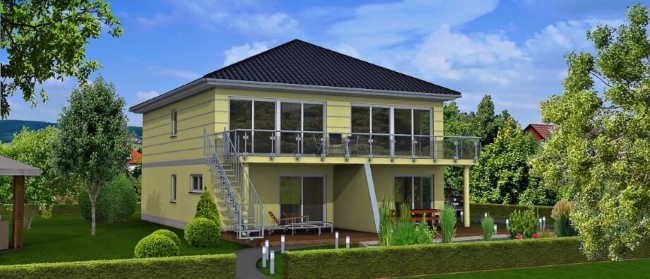
Building a condo is a breeze | What’s behind a condominium?
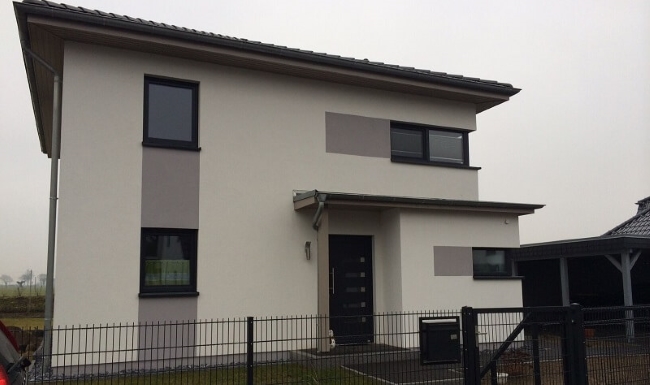
Splash protection for facades – that’s why it makes sense
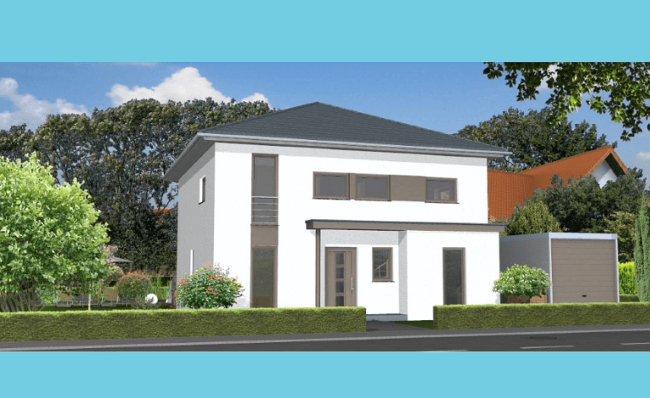
How to design your home with a covered garage

Build savings in times of low interest rates

Useful information on property drainage | Considerations during construction
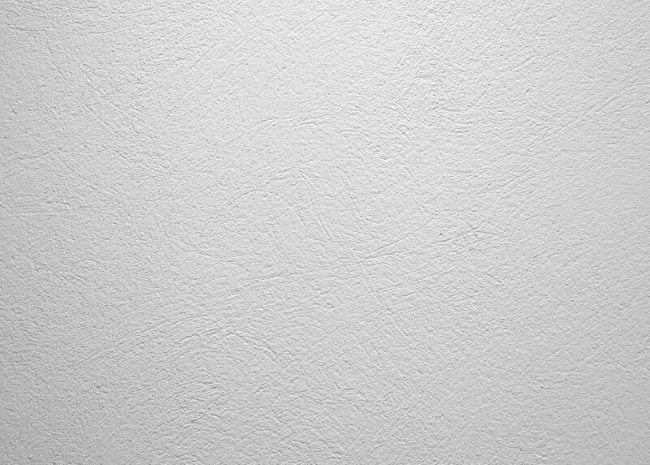
Interior wall plaster in brief
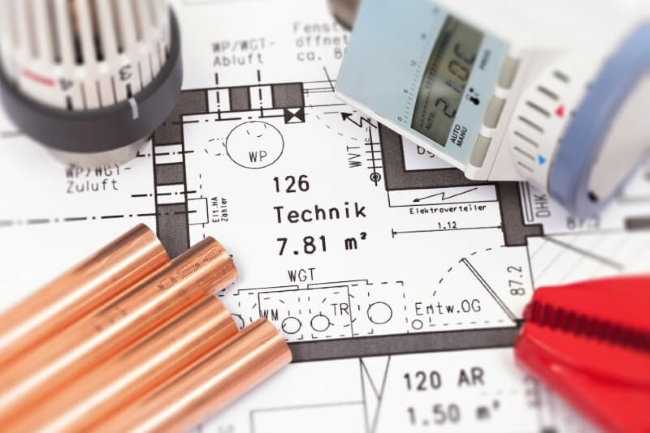
Heating with oil, gas or electricity
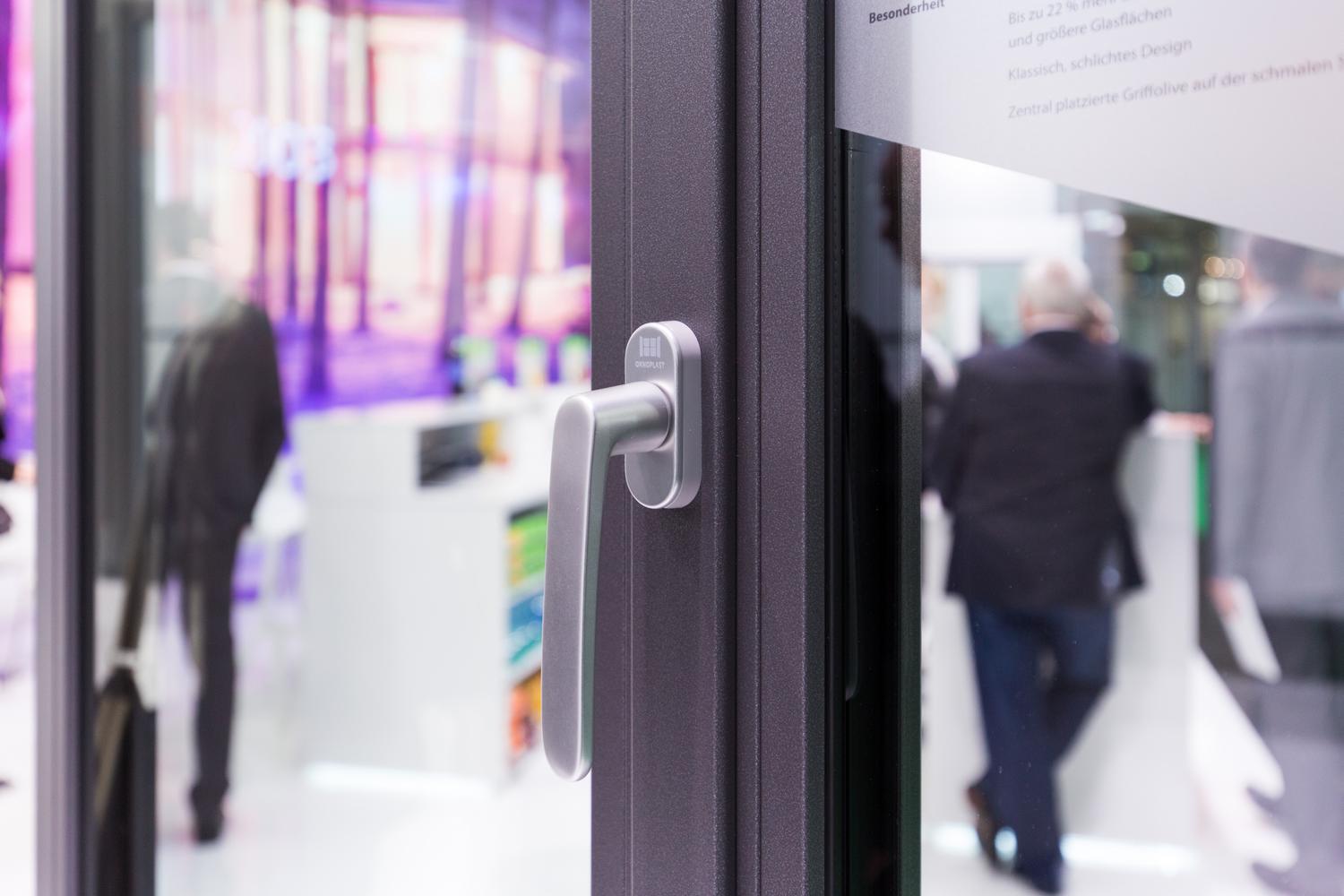
Foil as desired | Oknoplast
